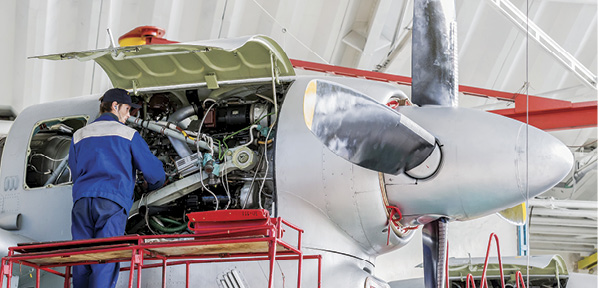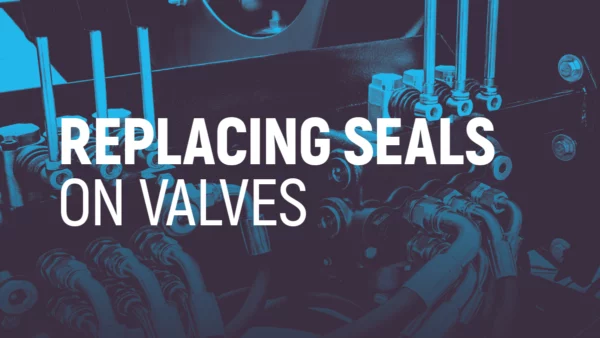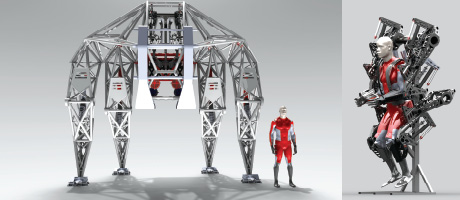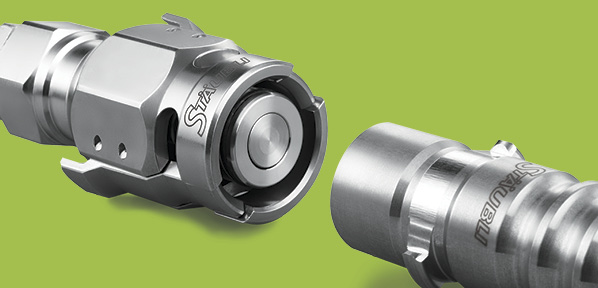Pneumatic Devices Meet the Challenges of Dairy Processing
By Amit Patel, Product Marketing Manager, Emerson Fluid Control & Pneumatics, Food & Beverage
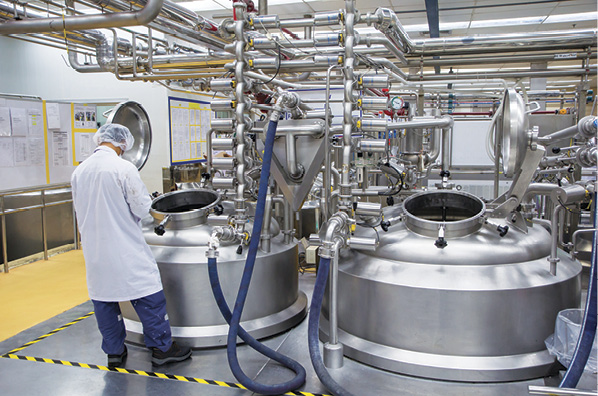
From milking systems to cheese processing and packaging equipment, food processors in the dairy industry are finding pneumatic devices that help them run more efficient, flexible, and reliable operations. Considering today’s market challenges, every advantage is critical. Equipment needs to run economically while providing versatility and the ability to respond quickly to changing consumer preferences and appetites. It also needs to achieve higher levels of capacity while being sustainable and reliable day in and day out.
Operators know that dairy products must also meet strict regulatory guidelines, with food safety being more important than ever. To ensure a sanitary processing environment, equipment needs to withstand repeated washing in one of the industry’s most rigorous washdown procedures, including aggressive IP69K. On the processing side alone, a single piece of dairy mixing and blending equipment could have upwards of 40 hygienic process valves that help control the flow of raw ingredients. Those valves need to be kept clean, and that cleaning doesn’t take the wear and tear of ongoing, high-speed production into account.
Pneumatic technologies offer many benefits to dairy processors, as shown by a long history in the industry, whether in the form of food processing, retail packaging, or production motion control. In modern dairy operations, pneumatic devices are used in a variety of applications leveraging the compressed air already available throughout the facility. Pneumatics technology also provides built-in solutions for many plant safety concerns, helping dairy operators comply more easily with regulations while protecting workers and maintaining a high level of production.
Greater performance for the money
Compared to other technologies, pneumatics provides more power in a smaller footprint, and pneumatic devices generally cost less than electronics on a per-component basis. Using valves, pneumatics equipment can be engineered for high actuation rates to easily handle high-speed production or high-speed motion sequences. Pneumatically operated pilot valves can actuate a variety of critical on/off processes and equipment. Packaging lines also benefit from the light weight and high cycling benefits offered by pneumatics technology. And pneumatics equipment is ideal for work in hygienic or rugged environments that require frequent washdowns, all of which contribute to a high level of efficiency.
Pneumatics also reduces operational expenses through decreased energy use, high reliability, and low maintenance costs. Since compressed air is usually available throughout a dairy plant, connecting more devices when needed for a new application generally results in little incremental cost. In fact, when more pneumatic devices are connected to a compressor, the total demand is closer to the capacity of the compressor, making pneumatics technology more efficient. Conversely, a smaller number of pneumatic components using a smaller portion of a compressor’s capacity would be less efficient
in operation.
Increased flexibility and modularity
One of the greatest challenges facing the modern dairy industry is responding to the changing preferences of today’s consumers. The advent of dairy alternatives like almond milk and soymilk have added complexity. And even for more traditional milk products, the varieties of products are growing rapidly, creating a virtual explosion of choice in the dairy aisle. These rapid shifts in consumer preference require greater flexibility in processing and packaging. Solenoid and pneumatic technologies, including valves, offer the flexibility and modularity dairy processors need to respond to these dynamic market conditions.
More specifically, pneumatic devices offer quick setup and easy changeout, giving dairy operators the ability to upgrade, fix, replace, or change the parameters of their equipment with minimal disruption. For example, a machine that handles 6-, 12- or 18-ounce containers could be made to change sizes quickly for a new product run, while packaging operators might also need a fast way to convert from single-serve containers to club-size containers. In some cases, pneumatics functionality can readjust automatically based on the requirements for the new product run by simply changing parameters in the machine controller interface. This ability to adapt efficiently with minimal downtime increases overall production effectiveness.
Some pneumatic devices take this versatility even further by communicating across a wide range of industry protocols, like Ethernet-based protocols, OSI, IO link, Profibus, and DeviceNet. As a result, it’s easier for dairy processors to use pneumatic devices that comply with national and international standards anywhere in the world. And since compressed air is normally available throughout the typical dairy processing facility, dairy processors can deploy pneumatics almost anywhere in the plant.
As the industry moves toward increased acceptance and preference for pneumatics, dairy processors can react more quickly to consumers’ changing preferences, begin production more quickly, and reduce time to market. Dairy processors are deploying pneumatics throughout their plants while reducing ramp up and the amount of training required when they introduce new equipment. And dairy-plant workers are developing a high level of familiarity, which has spread deployment across the industry. Equipment designers are also specifying pneumatics more easily than ever, helping dairy machine OEMs meet end-user requirements for speed and efficiency.
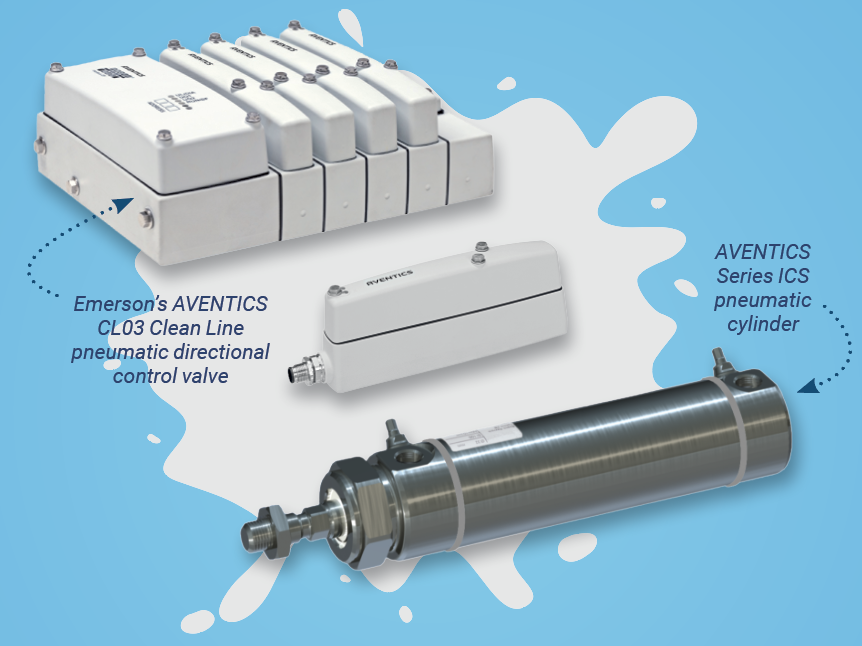
Reduced downtime and lower maintenance
Originally engineered for use in production environments, pneumatic devices have long life expectancy, typically enduring millions of cycles with high actuation rates. By avoiding some of the complexity found in other technologies, pneumatics equipment provides a more dependable operation with reduced downtime. They’re easier to fix since the devices simply need clean air. These advantages help avoid costly shutdowns by providing dairy processors with equipment that is both reliable and easy to maintain.
But the advantages of pneumatics technology go even further. By leveraging new, Industrial Internet of Things capabilities, edge devices collect data from the pneumatics system to identify leaks, monitor energy usage and air consumption, and calculate the life expectancy or mission time of a pneumatics component. This helps maintenance technicians, for example, predict, by sensing an increase in its stroke speed, that a shock absorber at the end of an actuator may deteriorate. Having an idea of which equipment needs maintenance in advance before a failure occurs helps plant engineers avoid unplanned machine downtime, reducing costs even further.
Improved plant hygiene
Pneumatic devices are ideal for work environments in which frequent washdowns are common – and that’s exactly what’s needed to help ensure dairy processing equipment meets hygienic standards, such as those from 3-A Sanitary Standards Inc. in the U.S. and the European Hygienic Engineering and Design Group. The 3-A standard, in particular, is rigorous. It requires that wetted areas not harbor any pathogens or bacteria. This necessitates seals that are highly cleanable and able to withstand high temperatures and caustic media. There can be no grooves or crevices, and the maximum allowable surface roughness cannot exceed 0.8 micrometers.
In high-temperature, high-pressure washdown applications like those required by the 3-A standard, pneumatic directional control valves can be engineered to feature a hygienic design that can withstand aggressive detergents and chemicals while maintaining a high degree of versatility. In secondary packaging or handling applications that only require a dust-off or light washdown uses, companies like Emerson can provide air cylinders that meet FDA, NSF, and ISO 6431, 15552, and 21287 standards and feature a clean profile design to minimize potential pocket areas where dirt and contaminants collect.
Electrically actuated valves typically require a design change or must be placed in an enclosure to meet these same washdown requirements. This adds cost and takes up valuable floor space, so they are not commonly used in the processing area of a food or dairy plant. Since pneumatic devices can be made hygienic by design, consumers are kept safe while your competitive advantage is increased.
A safer, more compliant facility
Plant safety should be a concern for any operator, and dairy processors are no exception. The compressed air used in pneumatic devices has inherent safety advantages over other power technologies and can be extended throughout the processing plant. For example, Emerson’s scalable, zoned-safety approach allows up to three safety zones to be isolated on a machine from a single pneumatics assembly. A valve manifold can be configured to shut down the pilot air and power for equipment down to the single operator level, leaving the rest of the system in operation. In this approach, up to three safety zones can be isolated on a machine from a single pneumatics assembly. Providing zoned safety helps design engineers satisfy machinery directive 2006/42/EC while aiding compliance with ISO 13849-1 and ISO 13849-2. It also reduces the number of safety system components by up to 35%, requires fewer connections, and saves valuable real estate within the machine and manifold.
The shift to pneumatics technology
Employing pneumatics technology optimize production and packaging processes while achieving high levels of reliability, flexibility, and quality. Pneumatic products withstand even the toughest environments and provide a longer life expectancy, thanks to their simple design and the limited number of internal components. Major valves and cylinders, flexible in both use and functionality, come standard, so spare parts are available from many distributors. Pneumatic systems are easy to design, and the components are easy to configure. And it’s a clean technology that makes it an ideal match for sanitary food applications, particularly when compared to lubricated mechanical components or hydraulics. Perhaps that’s why dairy producers are increasingly turning to OEMs, integrators, and automation solutions experts to integrate pneumatic technologies and maximize their competitive advantage.
For more information, visit www.emerson.com/en-us/automation-solutions.


